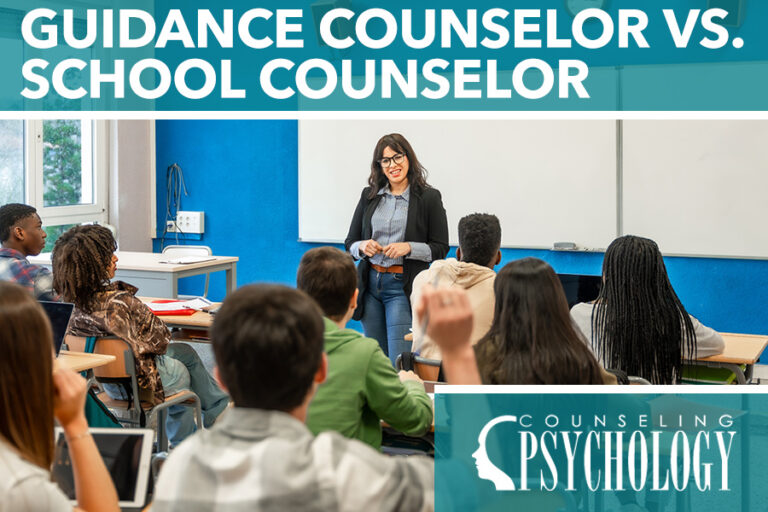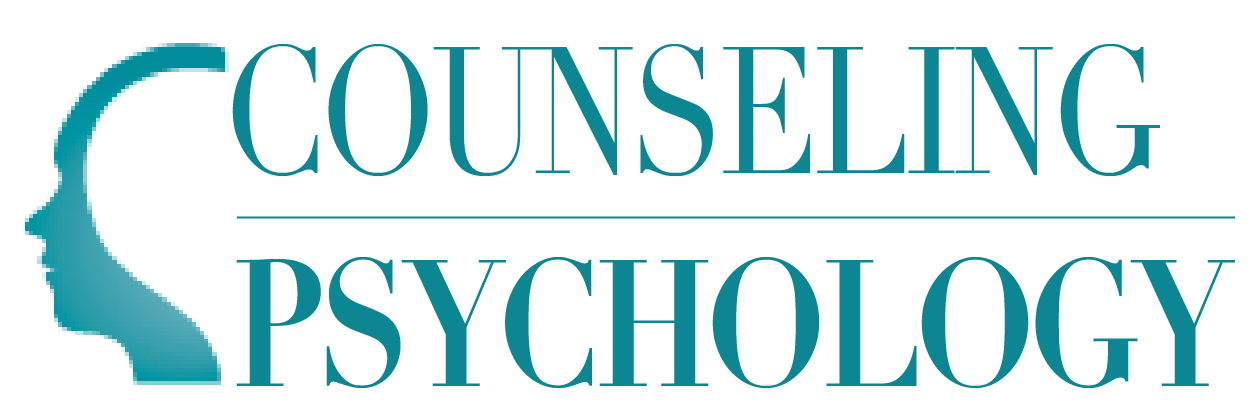Guidance Counselor vs. School Counselor: Understanding the Key Differences

When navigating educational support systems, understanding the distinction between guidance counselors and school counselors can be confusing. While these terms are often used interchangeably, they represent an important evolution in the profession and reflect different approaches to supporting student success. This comprehensive guide explores the key differences in terminology, education requirements, roles, and responsibilities between these vital educational professionals.
The Evolution of Terminology: From Guidance to School Counseling
The shift from “guidance counselor” to “school counselor” represents more than just a change in title—it reflects a fundamental transformation in the profession’s scope and approach.
Guidance Counselor (Traditional Term): The term “guidance counselor” originated in the mid-20th century when the primary focus was on academic planning, career guidance, and college preparation. This traditional approach emphasized directive guidance in educational and vocational decisions.
School Counselor (Contemporary Term): “School counselor” reflects the modern, comprehensive approach adopted by the American School Counselor Association (ASCA) that addresses students’ academic, career, and social-emotional development needs. This holistic framework recognizes that students’ success depends on multiple interconnected factors.
The evolution from guidance to school counseling represents a shift from a service-focused model to a comprehensive, programmatic approach that serves all students.
Education and Certification Requirements
The educational requirements for these professionals have evolved significantly over time, reflecting the expanding role and increased specialization in the field.
Guidance Counselor (Traditional Path):
- Bachelor’s degree in psychology, education, or related field
- Teaching experience often required
- Basic counseling certification
- Limited specialized mental health training
- Focus on vocational guidance theories
School Counselor (Contemporary Path):
- Master’s degree in School Counseling (typically 48-60 credit hours)
- Specialized coursework in counseling techniques, child development, and assessment
- Supervised practicum/internship (600+ hours)
- State licensure or certification specific to school counseling
- Continuing education requirements
- Optional but increasingly common: National Certified School Counselor (NCSC) credential
According to the Bureau of Labor Statistics, 98% of currently employed school counselors hold a master’s degree or higher, reflecting the profession’s elevated educational standards. Learn more about all school counselor degree levels.
Role Comparison: Responsibilities and Approaches
The day-to-day responsibilities and philosophical approaches differ significantly between traditional guidance counselors and modern school counselors.
Guidance Counselor Focus Areas:
- Academic scheduling and course selection
- College application assistance
- Career interest inventories and job placement
- Individual student concerns on a reactive basis
- Administrative tasks and record-keeping
- Primarily working with high school students
School Counselor Focus Areas:
- Comprehensive school counseling programs for all students
- Data-informed interventions and program evaluation
- Preventative and developmental approaches
- Social-emotional learning and mental health support
- Collaboration with teachers, parents, and community resources
- Advocacy for educational equity and access
- Crisis intervention and trauma-informed practices
- Working with students at all grade levels (K-12)
Learn more about how to become a school counselor.
Comparative Analysis: Guidance vs. School Counselor
| Aspect | Guidance Counselor | School Counselor |
| Primary Focus | Academic and career planning | Comprehensive development (academic, career, social-emotional) |
| Approach | Service-based, reactive | Program-based, proactive and preventative |
| Student Interaction | Typically serves select students | Serves all students systematically |
| Education Required | Often bachelor’s degree | Master’s degree in School Counseling |
| Framework | Varies by school district | ASCA National Model (data-driven, accountable) |
| Counseling Methods | Directive advice-giving | Evidence-based counseling techniques |
| Collaboration | Limited, mostly administrative | Extensive with teachers, parents, community resources |
| Technology Use | Basic record-keeping | Advanced data analysis and digital communication tools |
| Professional Identity | Educational staff | Mental health professional within educational setting |
| Ratio Recommendation | Varied | ASCA recommends 250:1 student-to-counselor ratio |
The Impact on Student Outcomes
Research demonstrates that the comprehensive school counseling approach leads to improved student outcomes:
- Higher graduation rates and college enrollment
- Improved academic achievement and attendance
- Reduced disciplinary incidents
- Enhanced social skills and emotional regulation
- Better school climate and safety
- Increased career and college readiness
- Greater educational equity for underserved populations
Schools implementing comprehensive school counseling programs aligned with the ASCA National Model show an average 7-8% improvement in student achievement metrics compared to schools using traditional guidance models.
Current Trends in the Profession
The field continues to evolve as educational priorities shift and research advances:
- Increased focus on mental health: School counselors now receive more training in identifying and addressing mental health concerns, especially following the COVID-19 pandemic’s impact on student wellbeing.
- Technology integration: Modern school counselors utilize data management systems, virtual counseling platforms, and digital resources to expand their reach and effectiveness.
- Multicultural competence: There is growing emphasis on culturally responsive practices to better serve diverse student populations.
- Elementary school presence: While guidance counselors were primarily in secondary schools, school counselors now serve all grade levels, with early intervention becoming increasingly valued.
Choosing the Right Approach for Schools
While some institutions still use the title “guidance counselor,” the profession has largely embraced the comprehensive school counseling model. Schools seeking to maximize student success should consider:
- Hiring qualified professionals with appropriate master’s-level training
- Supporting the implementation of comprehensive school counseling programs
- Maintaining appropriate counselor-to-student ratios
- Providing ongoing professional development
- Reducing non-counseling administrative duties that limit effectiveness
Understanding these key differences helps educational stakeholders make informed decisions about the counseling services that will best support their students’ diverse needs in today’s complex educational landscape.



